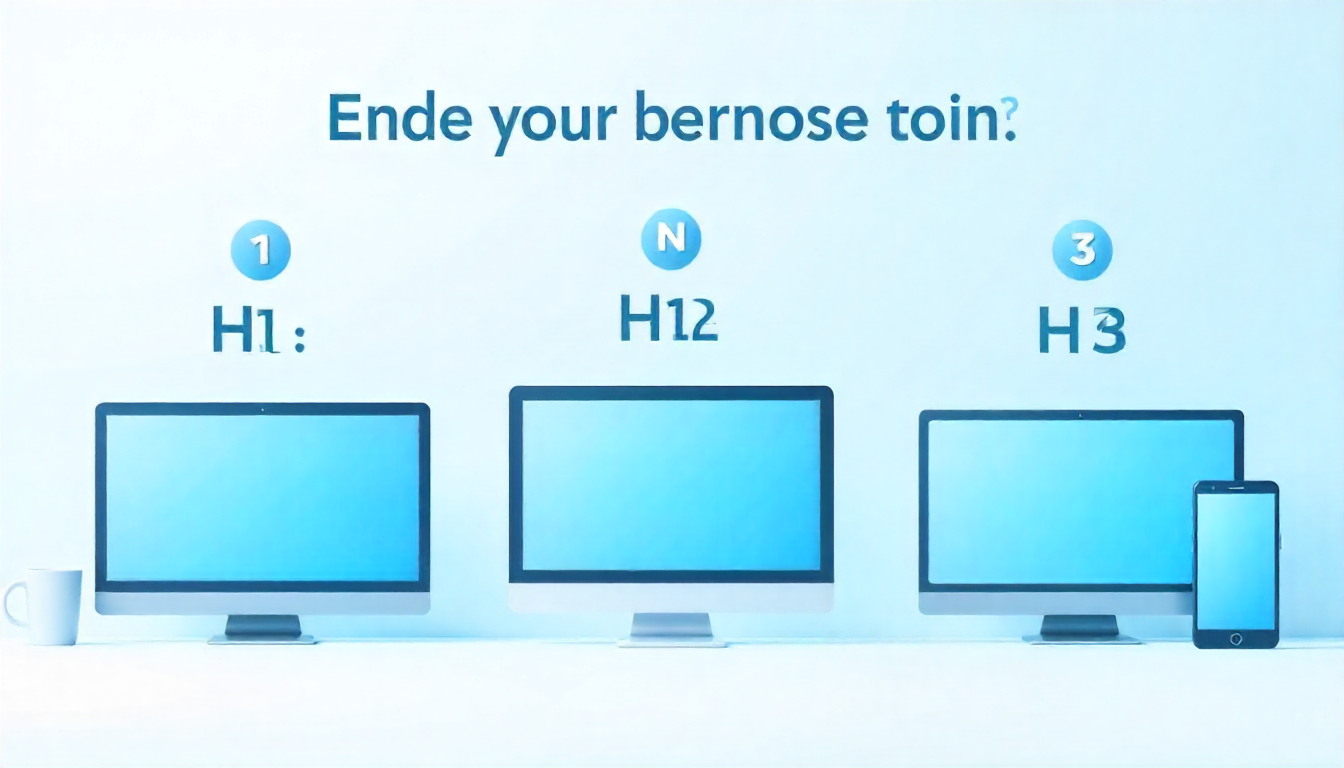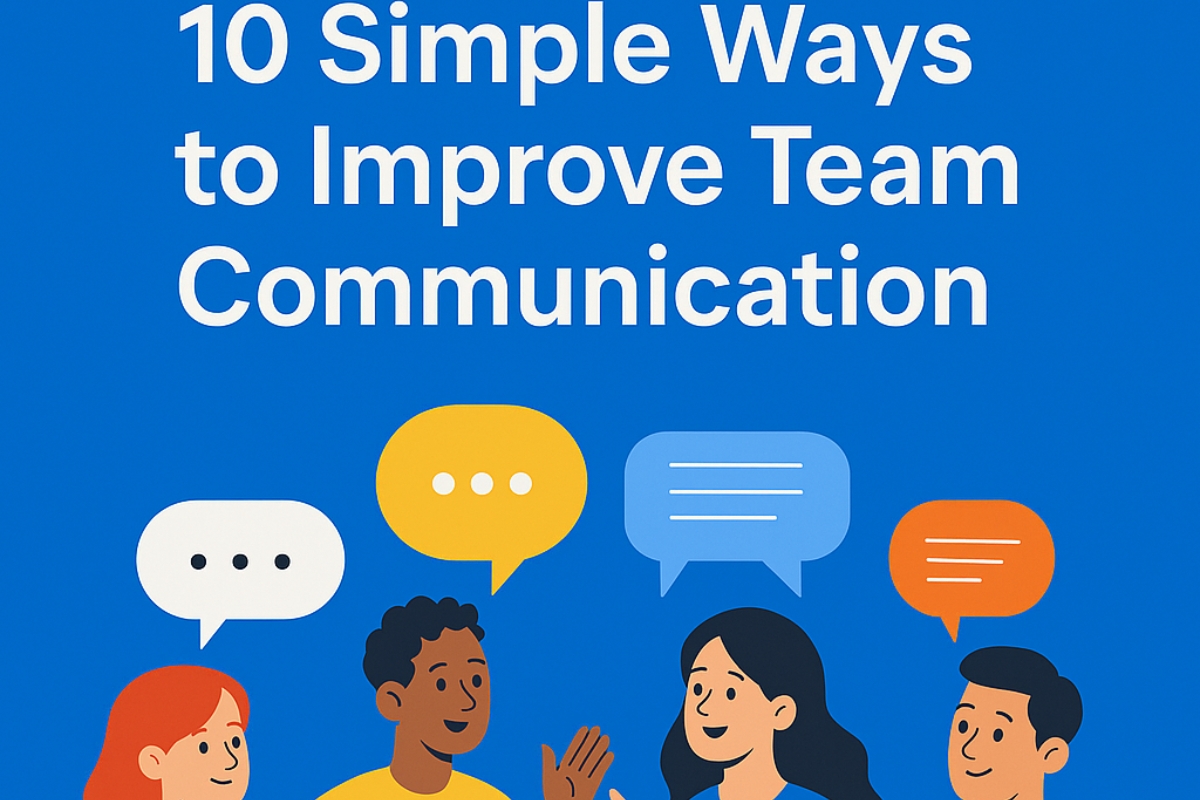Education has always evolved with society, but the pace of change in the last two decades has been extraordinary. The rise of digital tools, internet access, and modern devices has revolutionized the way students learn and teachers deliver instruction.
From chalkboards and printed textbooks to smart devices, online platforms, and interactive tools, the educational experience has been transformed into something more dynamic, flexible, and globally connected.
The Shift from Traditional Classrooms to Digital Classrooms
In the past, classrooms relied on textbooks, lectures, and chalkboards as the primary resources. Students were largely passive receivers of information, and teachers were the central authority figures. Technology has disrupted this model by turning classrooms into interactive spaces where students can explore, collaborate, and learn actively.
Digital classrooms now integrate computers, tablets, and smart displays that allow teachers to present information in engaging ways. For example, instead of simply reading a historical event, students can watch videos, interact with timelines, or explore virtual reality experiences that bring the past to life.
Access to Knowledge Beyond the Classroom Walls
Perhaps the most remarkable transformation brought by technology is the ability to access information anytime and anywhere. The internet has placed vast amounts of knowledge at the fingertips of students and educators. No longer confined to the physical library, learners can now conduct research online, access digital libraries, and participate in virtual learning communities.
This access extends beyond academic knowledge. Students can watch tutorials, join forums, or follow educational channels to gain practical skills.
For instance, a science student can not only read about a chemical reaction but also watch real demonstrations online. Similarly, learners interested in programming or art can find free lessons and communities that support their growth.
Online Learning Platforms and Virtual Classrooms
One of the most significant changes in recent years has been the rise of online learning platforms. Websites and applications like Coursera, Khan Academy, and Udemy provide structured courses on a wide range of subjects. These platforms often include videos, quizzes, assignments, and forums that mimic the classroom environment.
Virtual classrooms allow real time interaction between teachers and students using video conferencing tools. This became especially important during global challenges when physical schools were closed, and education had to continue online. Students could attend live lectures, submit assignments electronically, and collaborate with peers across the world.
Interactive Tools and Smart Learning Devices
Modern education is no longer about passive note taking. Interactive technologies such as smartboards, tablets, and learning apps encourage students to actively participate in lessons. These tools allow teachers to create engaging presentations, conduct interactive quizzes, and enable group problem solving activities.
For example, the HKMLC smart whiteboard represents how technology is redefining classroom interaction. Tools like this allow teachers to annotate lessons, display multimedia, and involve students in real time exercises. With such devices, learning becomes collaborative and hands on, encouraging deeper understanding and retention.
Personalized Learning Through Artificial Intelligence
Artificial intelligence is reshaping how education is delivered. Traditional classrooms often struggled to cater to individual learning speeds and styles. With AI powered systems, education can now be tailored to meet the specific needs of each student.
Adaptive learning platforms analyze student performance and adjust the content accordingly. If a learner struggles with mathematics, the system provides additional practice and resources until mastery is achieved. Conversely, if a student excels, the platform challenges them with advanced material to prevent boredom.
The Role of Gamification in Education
Gamification has emerged as an exciting trend in recent years. By applying game elements like points, rewards, and challenges, educators make learning more engaging. Students often find complex topics easier to grasp when presented in a fun, interactive format.
Educational games and apps encourage problem solving, critical thinking, and creativity. For instance, language learning apps use streaks and rewards to keep learners motivated.
Mathematics games help younger students practice arithmetic in enjoyable ways. Gamification appeals to the natural human desire for achievement and competition, making it a powerful motivator in the classroom.
Collaboration and Global Connections
Technology has turned education into a global endeavor. Students can now collaborate with peers from different parts of the world on projects, discussions, and cultural exchanges. Platforms that support online forums and video conferencing allow classrooms in one country to connect with others across the globe.
This global exposure builds cultural awareness and prepares students to thrive in a connected world. Collaborative projects encourage teamwork and communication skills, which are essential for success in modern careers.
Teachers also benefit from this connectivity by sharing resources, attending international webinars, and learning from best practices worldwide.
The Rise of Mobile Learning
Mobile devices have become an essential part of modern education. Smartphones and tablets allow learners to access lessons, assignments, and resources anytime. Whether commuting, traveling, or relaxing at home, students can continue their learning journey with ease.
Mobile learning is particularly impactful in developing regions, where access to computers may be limited but smartphones are widely available. Educational apps, podcasts, and mobile friendly platforms bring quality learning to millions of learners who would otherwise lack access.
The flexibility of mobile learning empowers students to take control of their education and learn at their own pace.
Data Driven Education
Technology has made it possible to collect and analyze data on student performance in ways that were not possible before. Schools and universities can now track attendance, participation, test scores, and engagement patterns using digital platforms.
This data driven approach allows teachers to identify struggling students early and provide targeted support. Administrators can evaluate which teaching strategies work best and make informed decisions to improve learning outcomes.
Parents also benefit from access to real time data about their children’s progress, enabling them to play a more active role in education.
Enhanced Accessibility for Students with Special Needs
One of the most inspiring transformations in education through technology is the way it has supported learners with special needs. Assistive technologies such as screen readers, text to speech applications, and customizable interfaces ensure that students with disabilities can fully participate in education.
For example, visually impaired students can use digital tools that convert text into audio. Students with hearing difficulties can benefit from captioned videos and speech recognition software. Those with learning difficulties can use interactive apps that provide step by step guidance.
Challenges Brought by Technology in Education
While technology has transformed education positively, it also comes with challenges. Not every student has equal access to digital devices or reliable internet, creating a digital divide. This gap can widen educational inequality between those who have resources and those who do not.
Additionally, the overreliance on technology can sometimes reduce face to face interactions and social skills development. Teachers also need continuous training to keep up with evolving tools, which can be overwhelming.
Cybersecurity and data privacy concerns are another area that requires attention, especially when dealing with student information.
Preparing Teachers for the Digital Era
The role of teachers remains central in education, even with advanced technology. However, to maximize the benefits of digital tools, educators need proper training. Professional development programs now focus on equipping teachers with the skills to integrate technology effectively into lessons.
Rather than replacing teachers, technology empowers them to focus on creativity, critical thinking, and mentorship, while automating routine tasks like grading and attendance. Teachers who embrace digital tools can create more engaging and efficient classrooms.
The Future of Technology in Education
The pace of technological advancement suggests that the future of education will continue to evolve rapidly. Emerging trends like virtual reality, augmented reality, and artificial intelligence are expected to redefine how learning takes place.
Virtual reality can transport students to different times and places, offering immersive history or science lessons. Augmented reality can overlay digital information on real world objects, making subjects like anatomy or geography more interactive.
As technology continues to advance, the focus will likely shift toward creating highly personalized, flexible, and accessible learning environments that prepare students for the demands of the future workforce.

Final Thoughts
In recent years, technology has transformed education in ways that were unimaginable just a generation ago. From digital classrooms and online platforms to personalized learning and global collaboration, the educational landscape has been reshaped into something far more interactive, inclusive, and adaptable.



